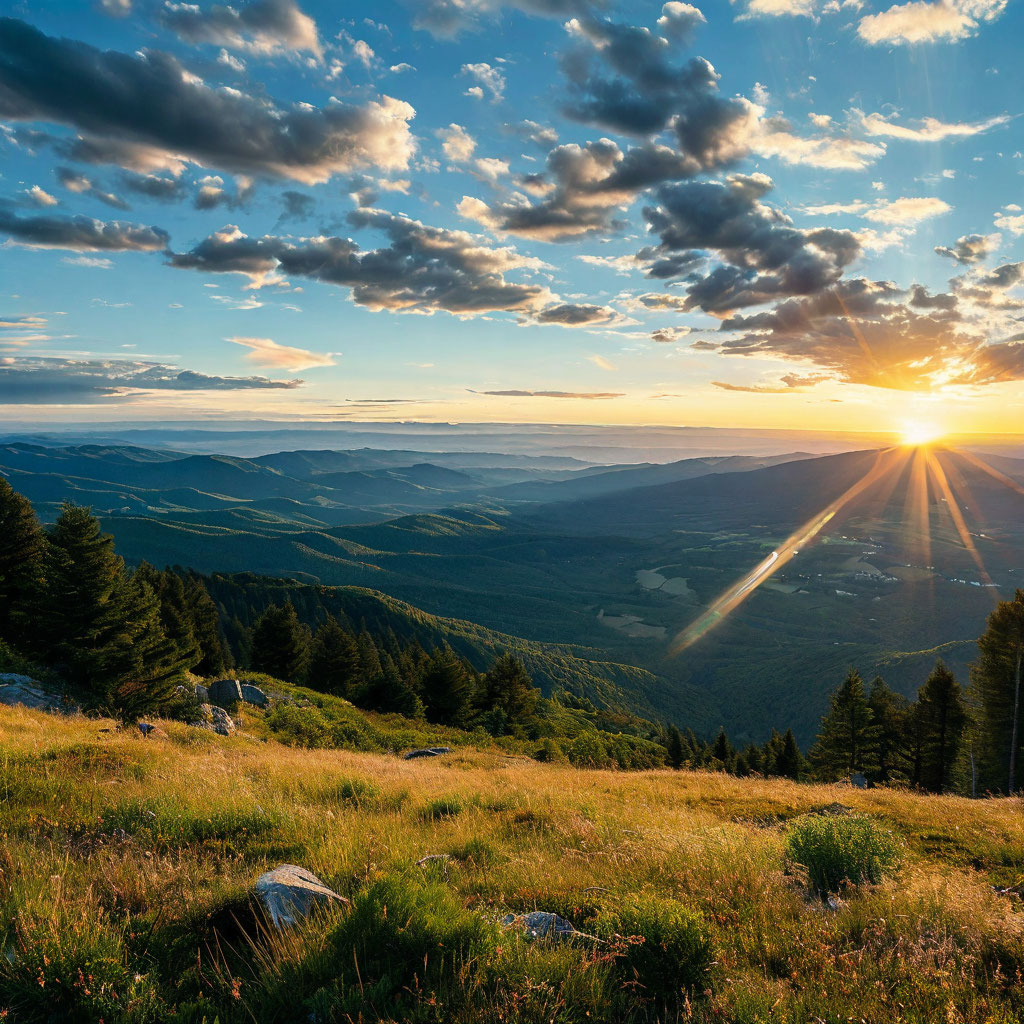
What is timelapse?
A timelapse is a video or photographic technique that compresses time by capturing a sequence of images or frames at specific intervals over a period, then playing them back at a standard or accelerated frame rate. This process creates the illusion of events occurring much faster than they actually did. Timelapse is widely used in cinematography, photography, and scientific research to visualize slow processes.Key Elements of Timelapse
- Photography Method:
- Images are captured at regular intervals (e.g., every second, minute, or hour).
- These intervals depend on the subject or event's duration (e.g., clouds moving or a flower blooming).
- Playback:
- The images are stitched together into a video.
- Standard video playback is typically at 24, 30, or 60 frames per second (fps), creating the effect of accelerated motion.
Applications of Timelapse
1. Artistic and Cinematic:
- Landscapes: Capturing sunsets, moving clouds, or the transition between day and night.
- Urban Life: Displaying bustling cityscapes, traffic patterns, or construction projects.
- Nature: Documenting slow events like the blooming of flowers, growth of plants, or the melting of ice.
- Astronomy: Showing the motion of stars, planets, or celestial events like eclipses.
- Biology: Observing cellular processes or the behavior of organisms over time.
- Environmental Studies: Monitoring deforestation, erosion, or the impact of climate change.
- Used in classrooms or documentaries to demonstrate concepts like weather changes or natural processes in an engaging manner.
- Tracking the progress of long-term projects such as construction or manufacturing.
- Observing wear and tear in machinery over time.
Types of Timelapse
- Standard Timelapse:
- Fixed camera position; focuses on one subject or scene.
- Motion Timelapse:
- The camera moves slightly between shots (using a motorized slider or rig), creating dynamic motion in the final video.
- Hyperlapse:
- A specialized form where the camera moves across large distances between frames, often producing sweeping effects over cities or landscapes.
Technical Aspects
1. Equipment:
- Camera: DSLRs, mirrorless cameras, smartphones, or dedicated timelapse cameras.
- Intervalometer: A device or app used to automate shutter intervals.
- Tripod: Ensures stability during the shoot.
- Motorized Sliders (for motion timelapse): Adds smooth movement.
- Manual Mode: Ensures consistent exposure across frames.
- Focus: Often set manually to avoid shifting between frames.
- Interval Timing: Carefully chosen based on subject speed (e.g., 1 frame per second for fast clouds, or 1 frame every 10 minutes for plant growth).
- Software like Adobe Premiere Pro, After Effects, or LRTimelapse is used to compile and edit timelapse videos.
- Adjustments include stabilizing footage, correcting color, and adding transitions or effects.
Advantages of Timelapse
- Compress Time: Allows viewers to observe hours, days, or years of change in a short video.
- Visual Impact: Dramatically portrays processes that are typically imperceptible.
- Enhanced Perspective: Shows the bigger picture, such as weather patterns or urban development.
Challenges in Creating Timelapse
- Battery Life: Long shoots can drain camera batteries.
- Weather: Unpredictable changes can interrupt outdoor sessions.
- Data Storage: Large numbers of high-resolution images require significant storage.
- Stability: Even small shifts in camera position can disrupt the sequence.
Examples in Popular Media
- Films: Often used for dramatic transitions or montages.
- Documentaries: Examples include Planet Earth and Baraka, showcasing natural and human-made phenomena.
- Advertising: Highlighting product development or cityscapes for dramatic effect.
Modern Innovations
- Smartphones: Timelapse modes are standard in many smartphone cameras, making the technique more accessible.
- AI and Automation: Software can adjust settings dynamically, improving exposure and stability.
- 3D Timelapse: Combines timelapse with 3D technology for immersive experiences.
Comments
Write a comment